Sensors, Free Full-Text
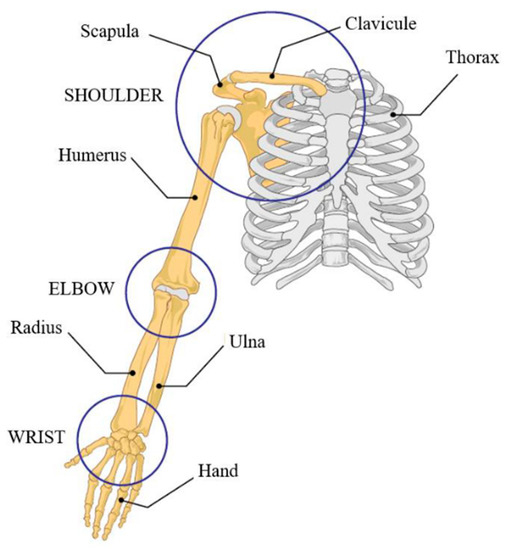
Sensorless and sensor-based upper limb exoskeletons that enhance or support daily motor function are limited for children. This review presents the different needs in pediatrics and the latest trends when developing an upper limb exoskeleton and discusses future prospects to improve accessibility. First, the principal diagnoses in pediatrics and their respective challenge are presented. A total of 14 upper limb exoskeletons aimed for pediatric use were identified in the literature. The exoskeletons were then classified as sensorless or sensor-based, and categorized with respect to the application domain, the motorization solution, the targeted population(s), and the supported movement(s). The relative absence of upper limb exoskeleton in pediatrics is mainly due to the additional complexity required in order to adapt to children’s growth and answer their specific needs and usage. This review highlights that research should focus on sensor-based exoskeletons, which would benefit the majority of children by allowing easier adjustment to the children’s needs. Sensor-based exoskeletons are often the best solution for children to improve their participation in activities of daily living and limit cognitive, social, and motor impairments during their development.
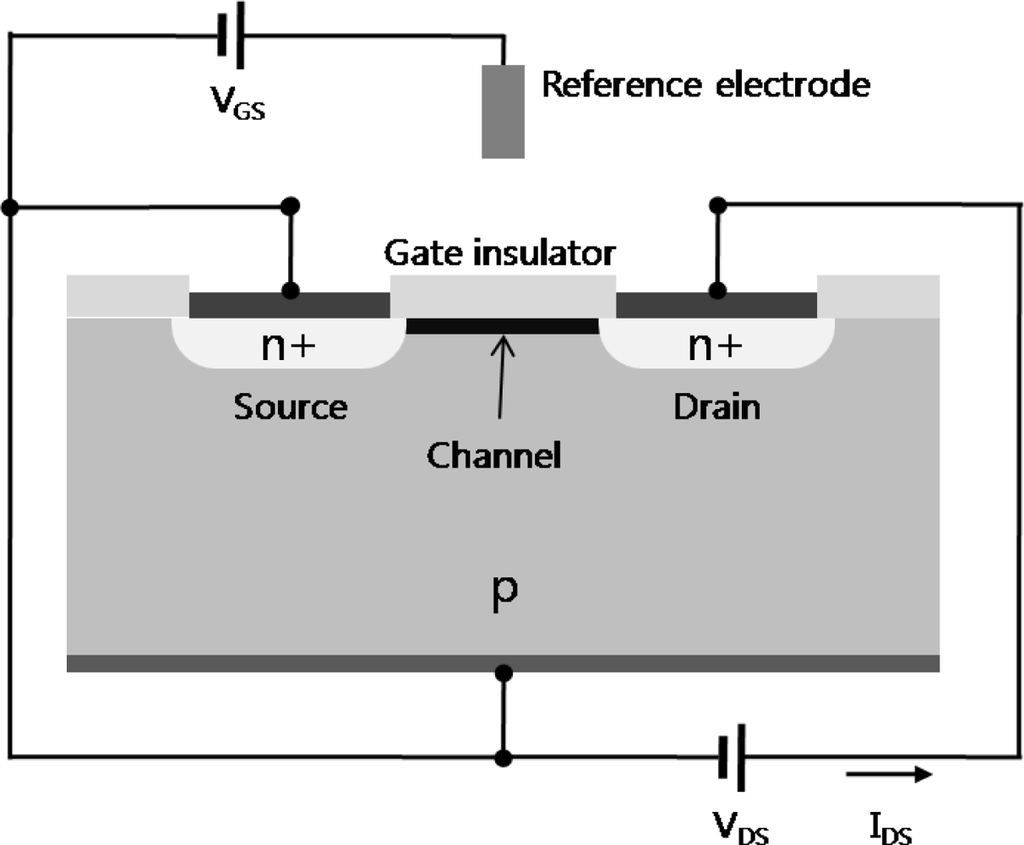
Sensors, Free Full-Text, bldc motor
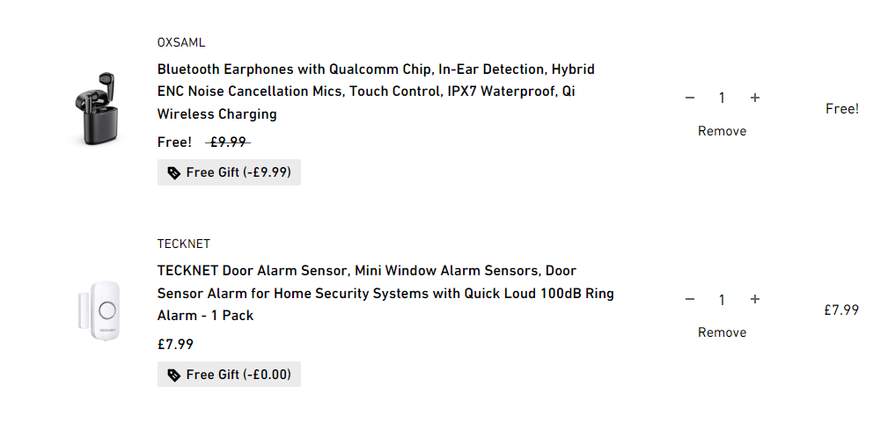
Sensors, Free Full-Text, red engine spoofer
APPENDIX A: BIBLIOGRAPHY OF SENSOR TECHNOLOGY, Expanding the Vision of Sensor Materials

Sensors An Open Access Journal from MDPI
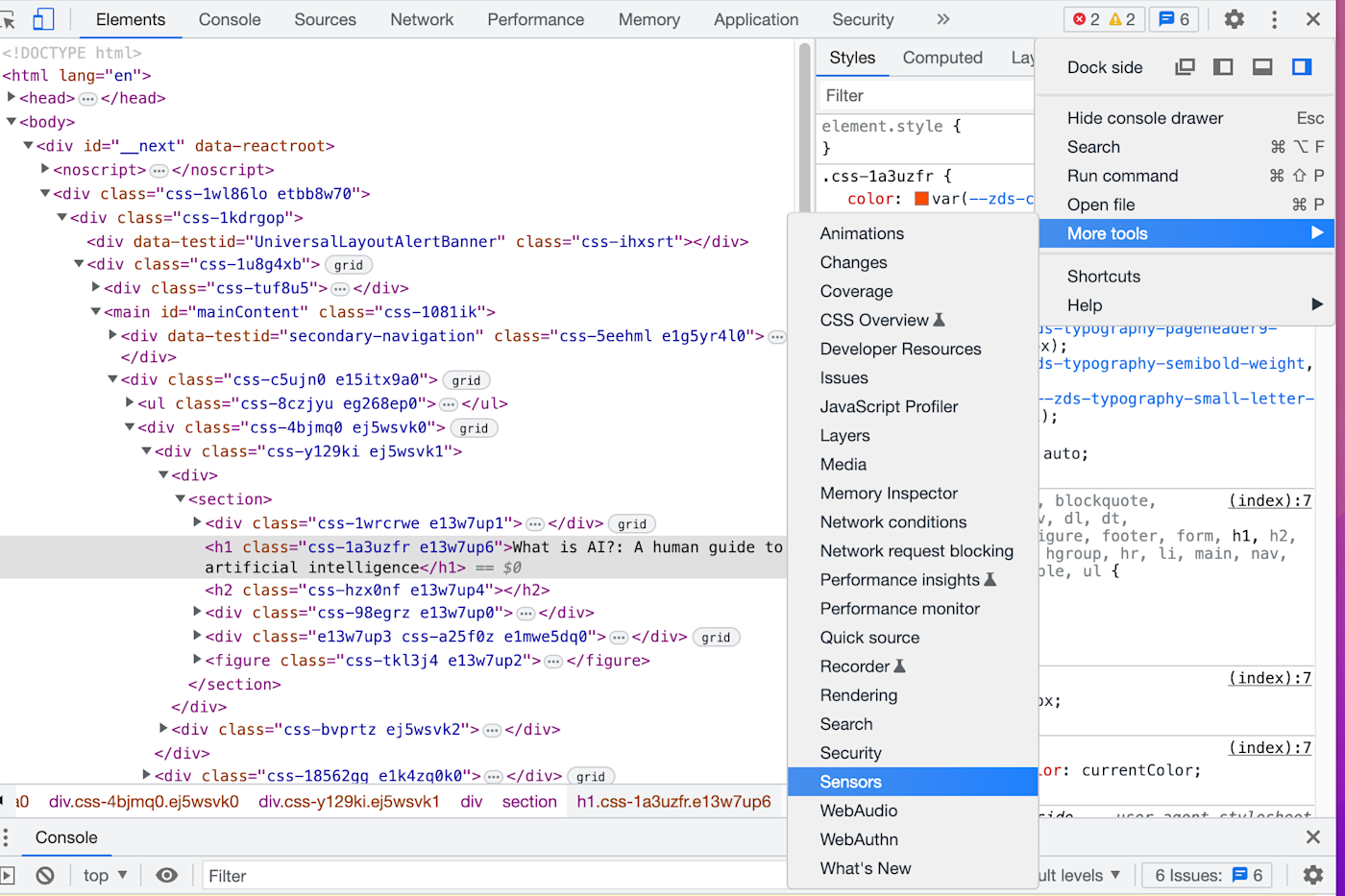
Sensors, Free Full-Text, bldc motor
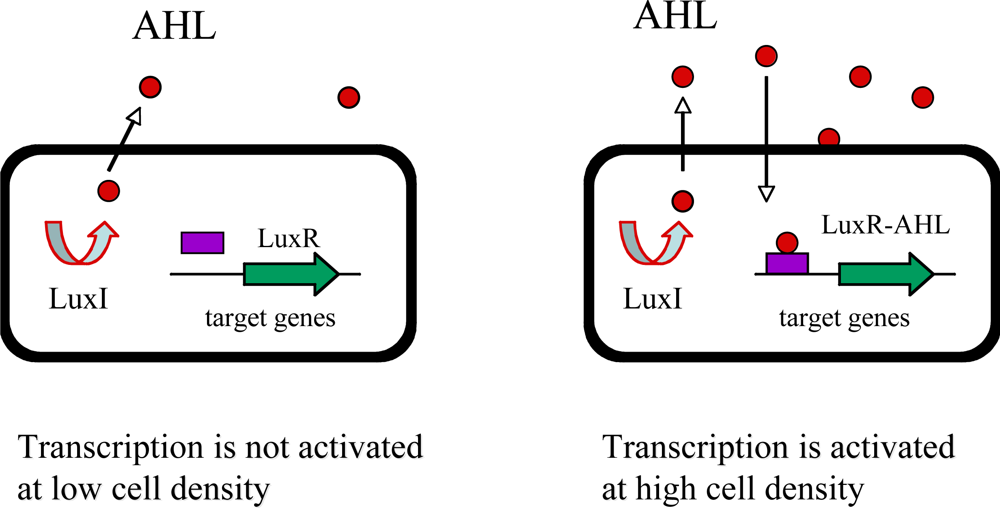
Sensors, Free Full-Text

Sensors, Free Full-Text
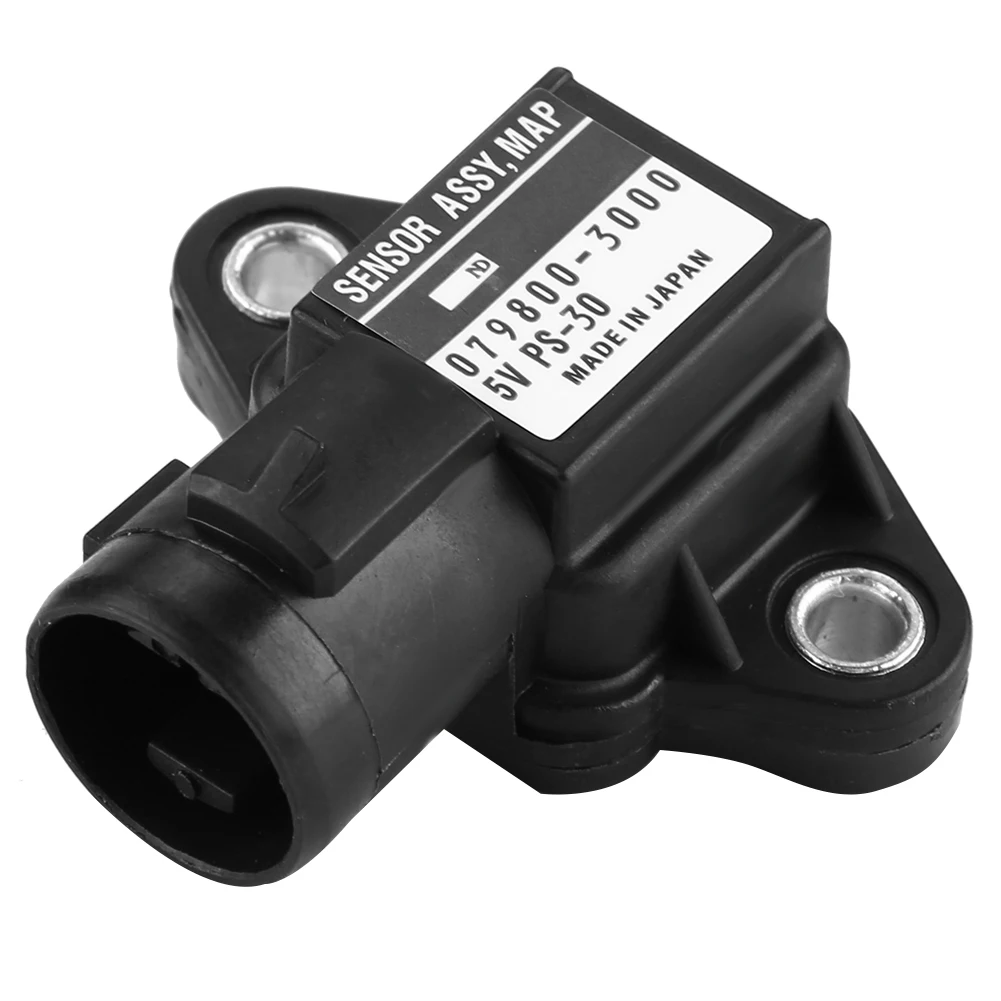
Sensors, Free Full-Text, rule 63 urban dictionary
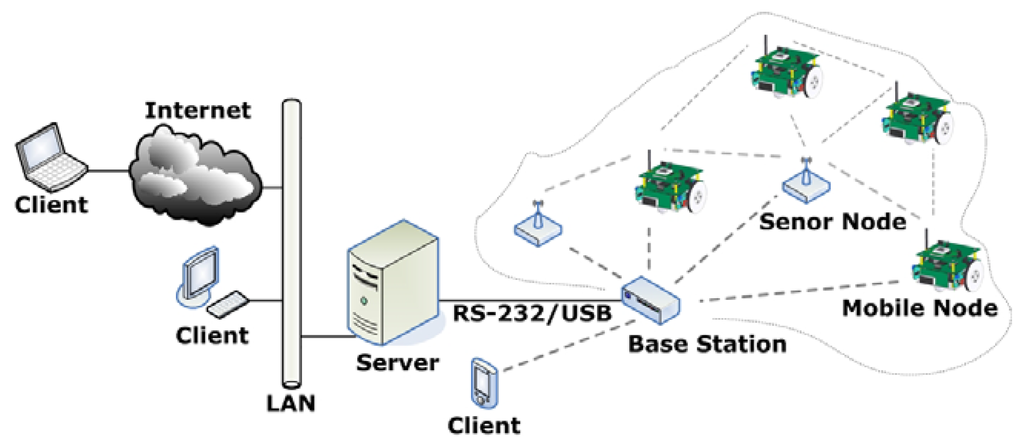
Sensors, Free Full-Text
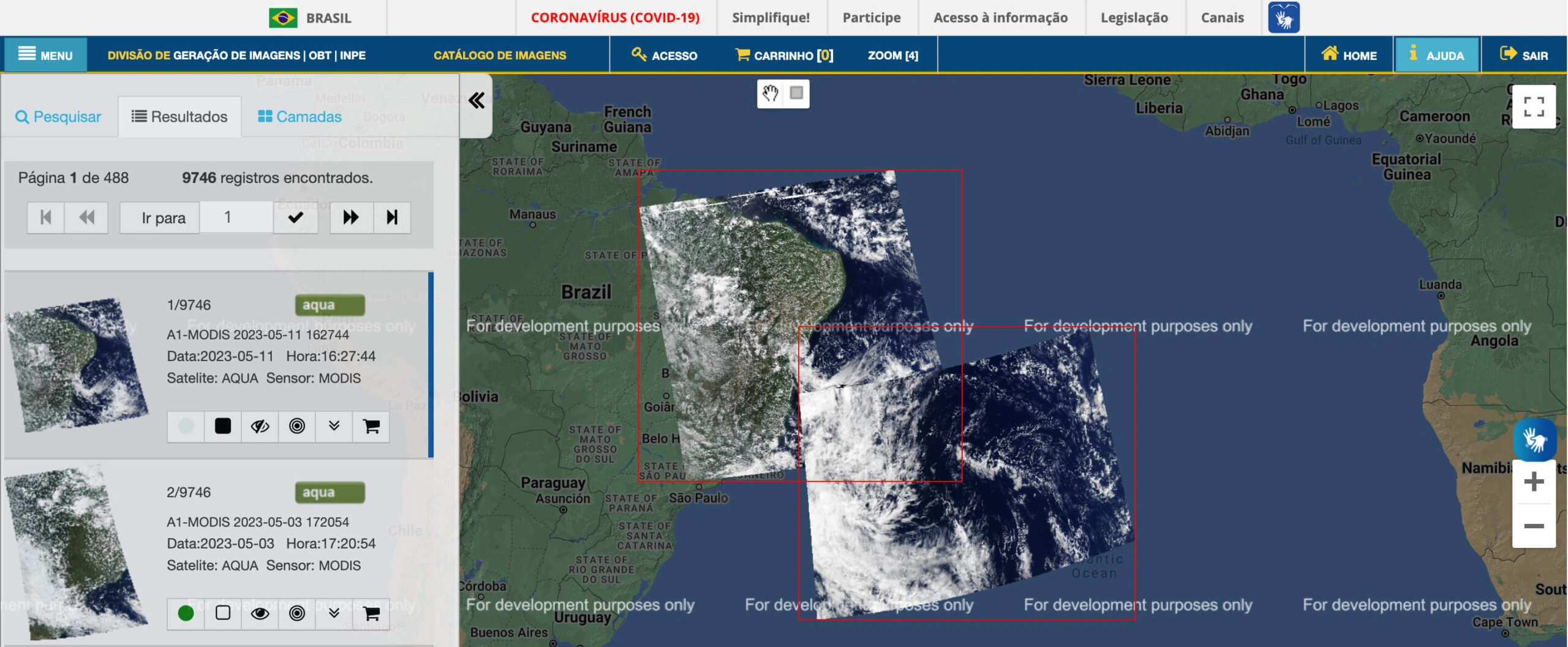
Free Satellite Imagery: Data Providers & Sources For All Needs

Sensors, Free Full-Text, Green Energy Harvester from Vibrations Based on Bacterial Cellulose
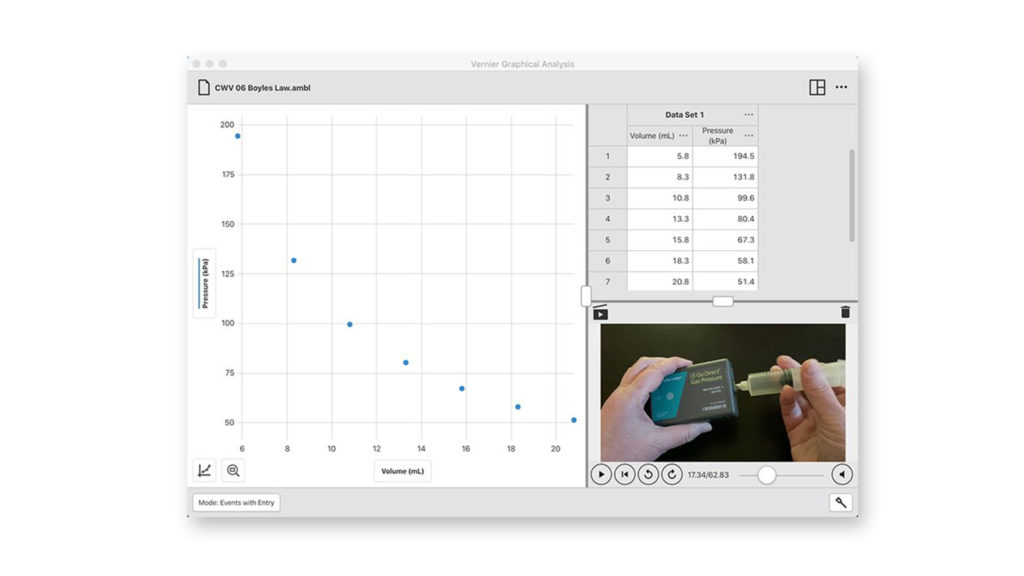
Downloads - Vernier
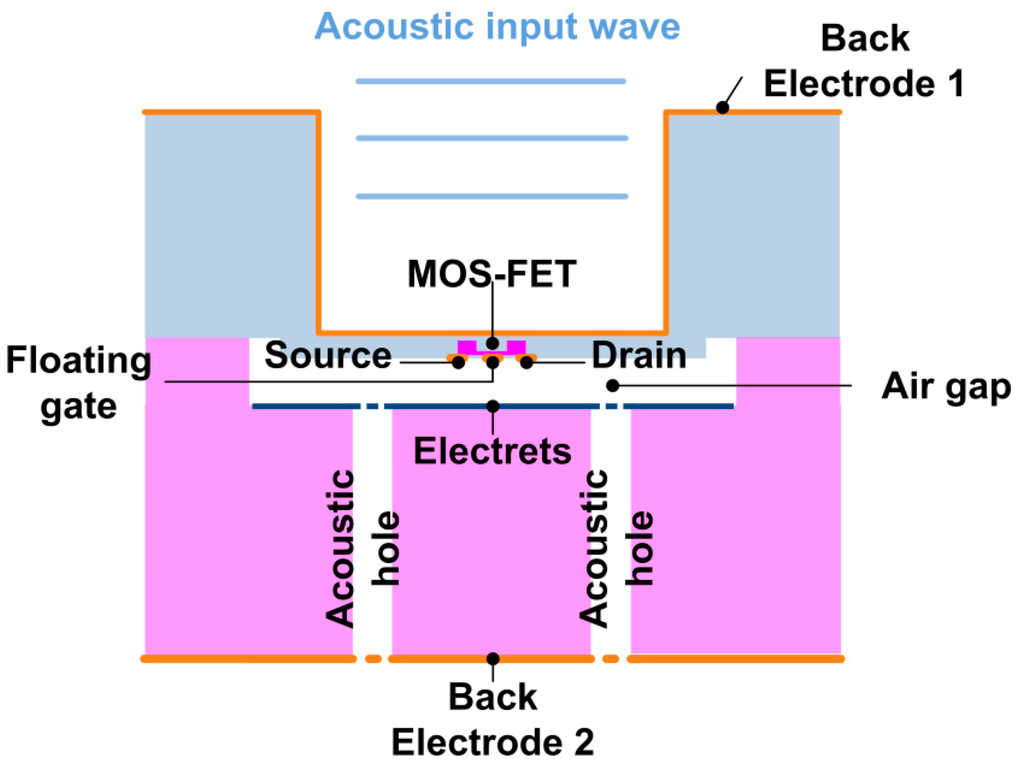
Sensors, Free Full-Text